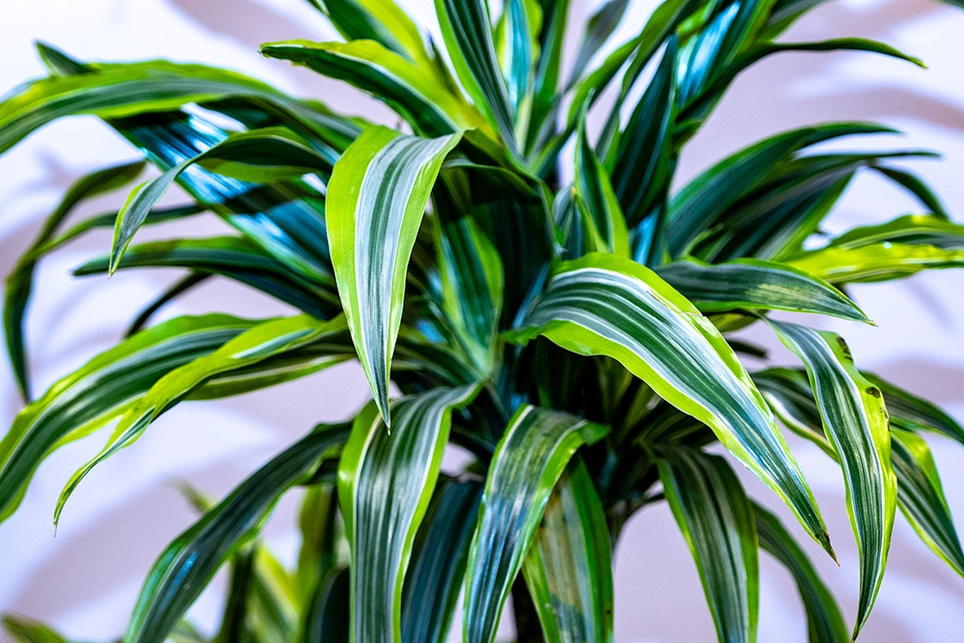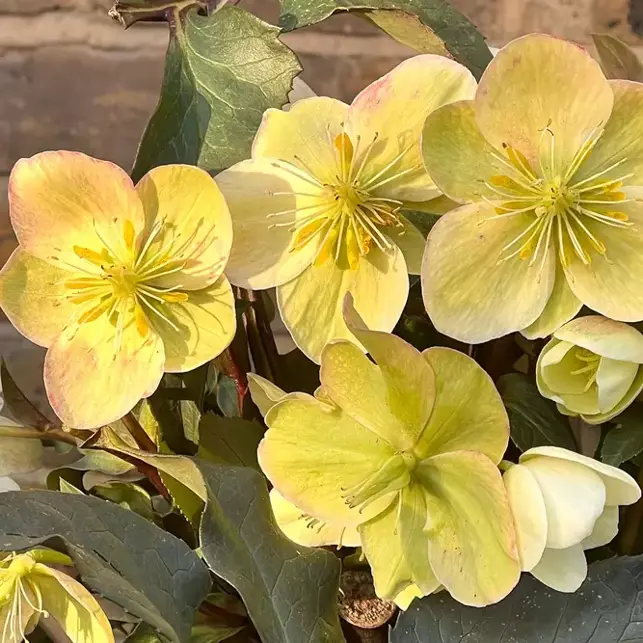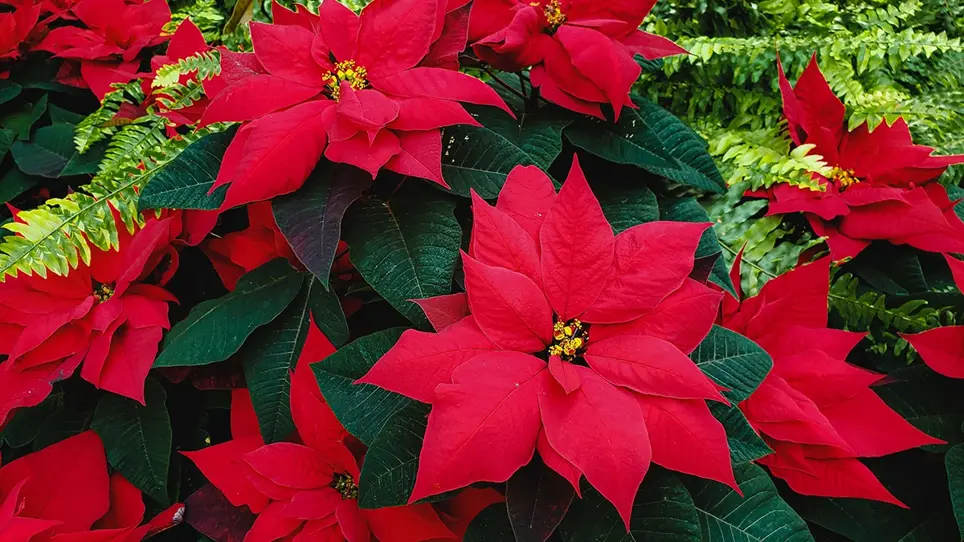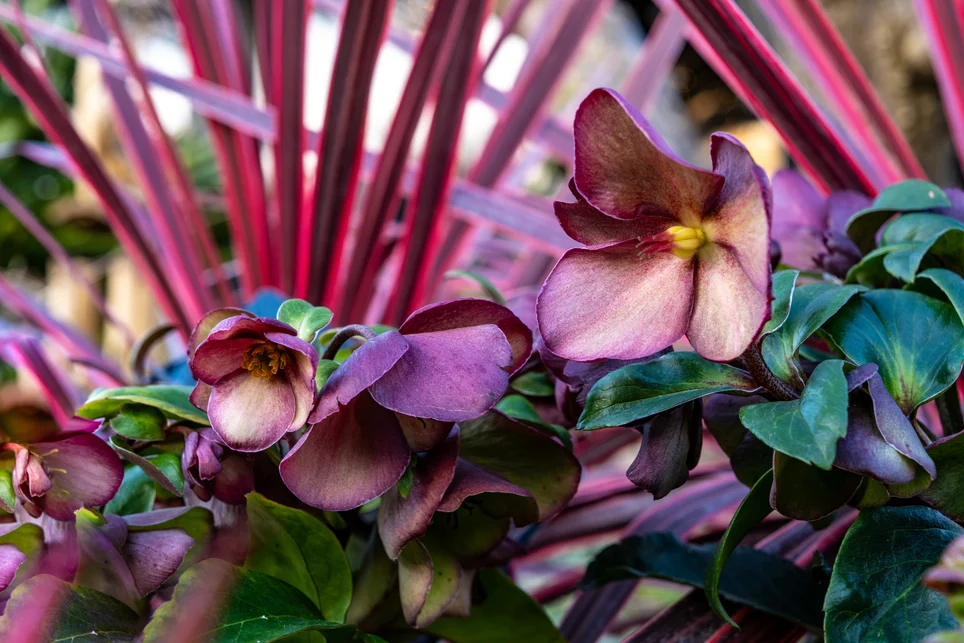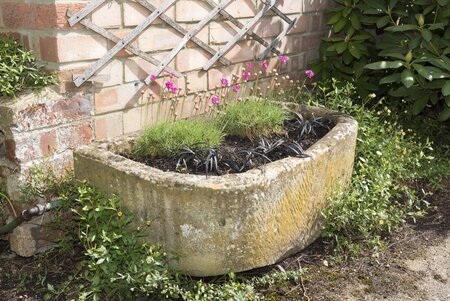
Alpine troughs are compact, easy to plant and very low-maintenance, so they’re perfect for gardeners short on time or space. As the name suggests, alpine plants come from mountain regions, so they’re used to tough conditions. Planting an alpine trough is a great way to appreciate these fascinating plants and provide long-lasting interest for a pot on a patio or balcony. Here’s how it’s done.
What you’ll need to plant an alpine trough
- A shallow container or trough with good drainage holes
- Loam-based compost such as John Innes no 2
- Horticultural grit
- Rocks for decoration if available
- Alpine plants
How to plant an alpine trough
-
Choose the position for your alpine trough. Most alpines do best in the sun, although some will grow in light shade.
-
The key to growing alpines is good drainage – they hate sitting with their roots in wet soil. Raise your trough on pot feet to improve drainage, and place pot shards or squares of shade netting over the holes to stop them from getting blocked up with compost.
-
Fill the trough with a 50/50 mix of a loam-based compost like John Innes no 2 and horticultural grit to about 2cm below the pot's lip.
-
If you have a few interesting-looking rocks, arrange them in the compost to create the look of a mountainous environment.
-
Plant your alpines among the rocks.
-
Top-dress with a layer of grit. This keeps in moisture, suppresses weeds and stops the plants from being splashed with mud when it rains.
Caring for alpine plants
Most alpines are reasonably drought-tolerant but water the containers during long dry periods to stop the compost from drying out completely. Deadhead plants after they have flowered.
In winter, move the trough into the rain-shadow of a house to shelter it from excessive winter rain.
Plants for an alpine trough
There’s a wide range of alpine plants to choose from. Here are a few of our favourites:
-
Armeria (sea thrift): Pretty pink flowers bob on slender stems above a mat of evergreen grass-like foliage. Deadhead faded flowers to keep it flowering.
-
Phlox douglasii Crackerjack: A semi-evergreen creeping phlox with small leaves, covered in a mass of bright pink flowers in late spring and early summer.
-
Sedum cauticola (stonecrop): A low, spreading sedum with small rounded blue-green leaves and clusters of small pink flowers in autumn.
-
Saxifraga (saxifrage): Rosettes of fleshy leaves form mats, with clusters of small pink or white flowers float above the leaves on wiry stems. Good for shady spots.
-
Lewisia: Colourful star-shaped flowers in late spring and early summer. It prefers damper soil to most other alpines.
-
Sempervivums: Evergreen succulents come in a wide range of colours and sizes, forming rosettes of fleshy leaves. Very tough and easy to grow.
It's fun starting on a new project this summer. Gardening relieves stress and is healthy at the same time. We have a great range of alpines and other plants in our centre, so visit us soon and get some inspiration for your next gardening project!




